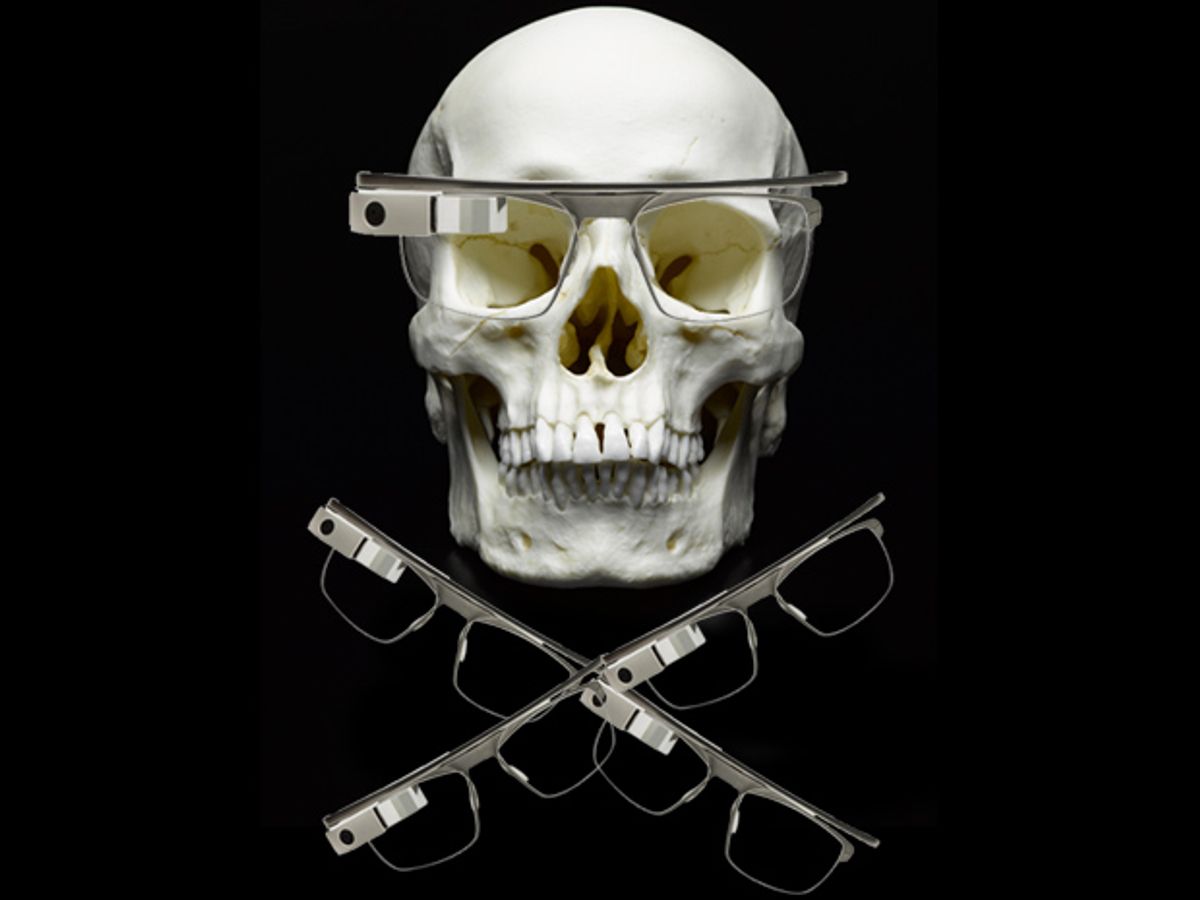Google Glass looks like its poised to become the latest inductee into the Hall of Technological Hubris.
The Hall is for those products that were introduced, with great fanfare, as things that could alter the daily lives of millions, but which either died completely or found only a niche existence. (Think of the Segway, the Microsoft SPOT watch, and the Apple Newton.)
As announced yesterday—almost as a sidenote—in a post on Google+, Google is ending its Explorer program on 19 January. That program allowed anyone to buy the current “beta” version of Glass for US $1,500. While Google promises new versions of the wearable computer are in the works, no hints have been given as to when these might be available or what form they might take.
Just based on walking around the Consumer Electronics Show in Las Vegas last week, this didn’t come as a surprise. The 170,000 attendees at CES are some of the most aggressive early adopters on the planet, especially of mobile technologies. Yet, virtually no-one was wearing Glass, and exhibits on the show floor skewed heavily towards industrial and business applications of augmented reality smart glasses.
But Glass found itself running into problems long before. The built-in camera immediately raised hackles as people worried about being spied upon. And it wasn’t just disgruntled bar patrons that were objecting to the technology: government regulators also started weighing in.
Glass did find some traction in non-consumer applications, but even companies that invested in the platform found things heavy going. In August, IEEE Spectrum profiled Pristine, a startup developing a telemedicine app for Glass that would let medical staff stream video of procedures to specialists or students. But Pristine found itself having to do a lot of work to remove some functions of Glass, such as email and text, to prevent the risk of privacy leaks, while also dealing with weaknesses in the hardware and software. “We didn’t realize how buggy it would be when we started,” Pristine cofounder Kyle Samani told Spectrum.
Our own experiments at Spectrum also made yesterday’s announcement no surprise. Early in 2014, as media outfits pondered journalistic applications of the new technology, we purchased an Explorer version of Glass. There was a bit of quiet jostling among the editors for who would be among the first in line to try out the new technology.
But the touch interface proved awkward and unpredictable. The limited capacity of the batteries that could be squeezed into the headset meant that Glass was extremely aggressive about conserving power, so simply pausing for thought in the middle of a task was sometimes enough time for Glass to enter sleep mode. Many applications didn’t even replicate the level of functionality available on a smartphone, let alone offer new vistas of technological promise: For example, in order to see all incoming tweets, the Twitter app required you to make changes (via a web browser) to your settings on every single account you follow. Also, Google’s voice command function was not as polished as Apple’s Siri.
Enthusiasm quickly dimmed among the Spectrum staff. For the last several months, our Glass headset has been unused by anyone: it’s just been sitting in a drawer in my office, resting.
Stephen Cass is the special projects editor at IEEE Spectrum. He currently helms Spectrum's Hands On column, and is also responsible for interactive projects such as the Top Programming Languages app. He has a bachelor's degree in experimental physics from Trinity College Dublin.



